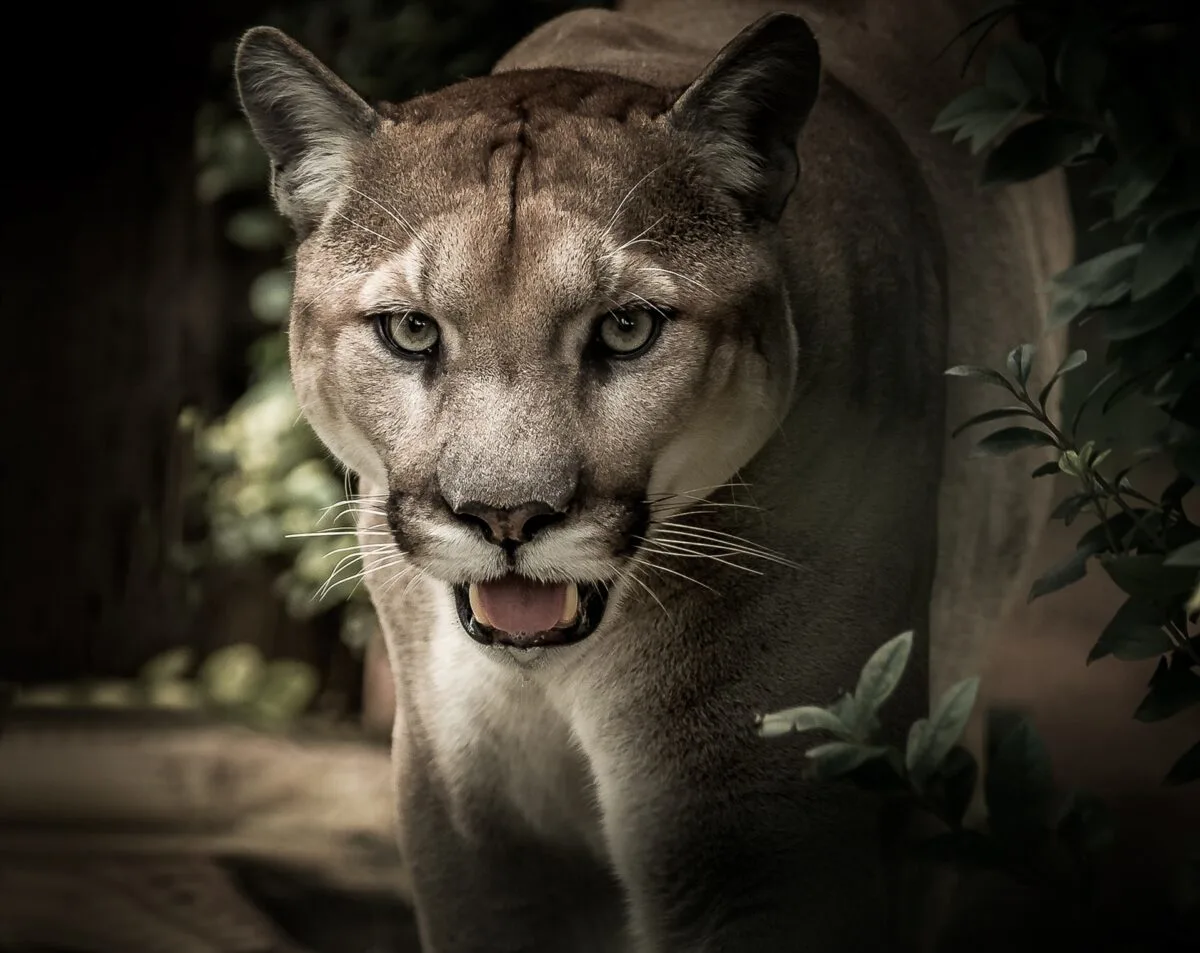Have you ever wondered which animal is more robust, a Gorilla or a Puma? It’s no secret that these two mighty mammals are among Earth’s hardest hitters. Their massive bodies, sharp claws, and teeth could be formidable opponents in any fight.
Watch the video below!
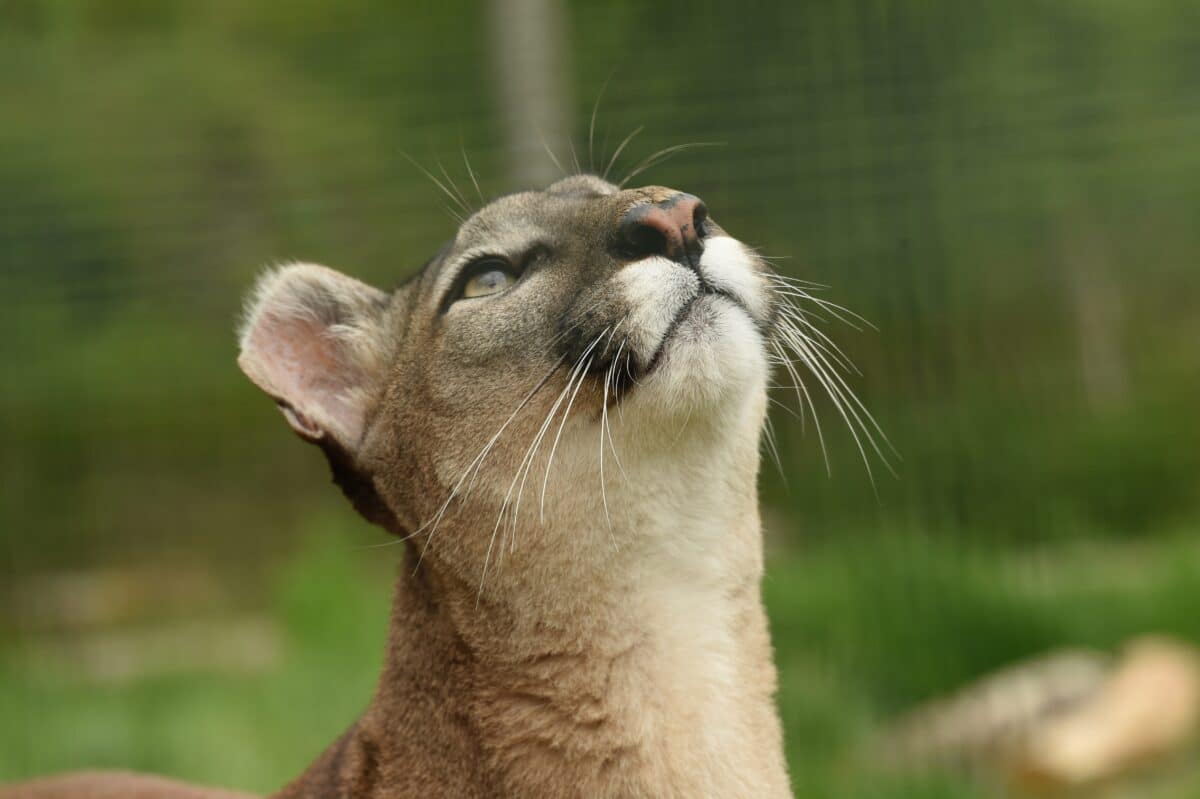
Despite the fierce reputation that both of these animals share, they have many differences regarding strength, power, agility, and reflexes. If you want to understand how these creatures compare and contrast against one another regarding physicality and fighting ability, then keep reading!
This article will reveal all the essential details about Gorillas vs. Pumas to see who would come out on top.
| Criteria | Gorilla | Puma |
|---|---|---|
| Scientific name | Gorilla gorilla | Puma concolor |
| Size | Up to 6 feet tall and can weigh up to 400 pounds | Up to 7 feet long and can weigh up to 200 pounds |
| Habitat | Dense forests of central and West Africa | Various habitats in North and South America, from deserts to forests |
| Diet | Herbivorous, mostly eating leaves, stems, and fruits | Carnivorous, mostly eating small to medium-sized prey |
| Strength | Extremely strong, with a grip that can crush bones | Very strong, with the ability to take down prey larger than itself |
| Intelligence | Highly intelligent and have been observed using tools | Not as intelligent as gorillas, but have excellent hunting instincts |
| Social behavior | Live in groups led by a dominant male called a silverback | Mostly solitary, except during breeding season |
| Threat level | Endangered | Least Concern |
| Average lifespan | 35-50 years | 8-13 years in the wild, up to 20 years in captivity |
A Quick Overview Of Gorilla vs. Puma

Gorillas and Pumas are two of the most iconic animals of the animal kingdom. Both species play unique roles in their environments and have distinct physical characteristics that make them easily recognizable.
Gorillas are especially renowned for their strength and size, typically growing to four and a half to 6 feet tall when fully grown. They have black fur covering their bodies except for some silverback males, who have a silvery gray color along their backs. Conversely, pumas are much slimmer, mostly solid brown, with cream-colored fur markings around the neck and chest area.
Like gorillas, they possess immense strength, but pumas are also known for their incredible athleticism, which allows them to hunt both night and day using tremendous speed and agility. Each of these animals has a special place in their ecosystems; recognizing these traits can help us appreciate their differences while respecting how alike they are.
Strength Comparison
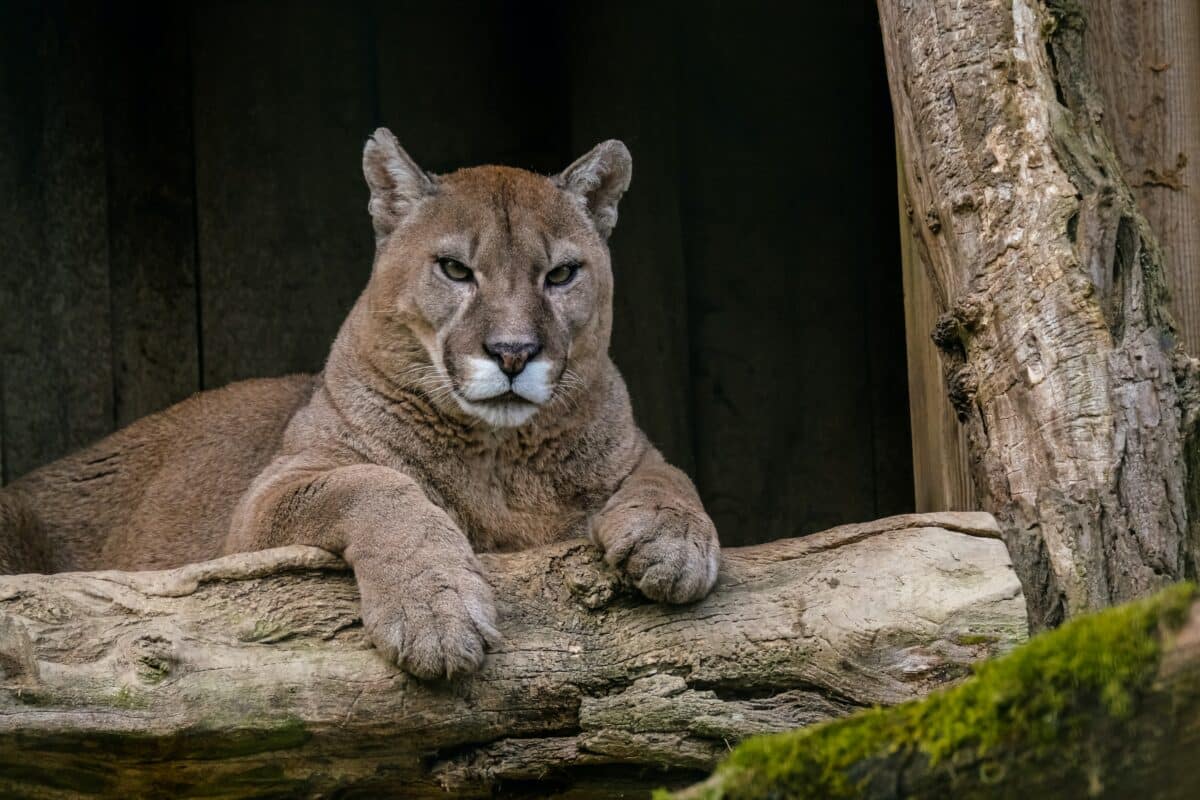
Gorillas and pumas are two of the most iconic creatures in nature, and while they may appear to be similar on the surface, there is a stark contrast between their physical strength. Because gorillas have evolved to fill an omnivorous mountain-dwelling role, they possess incredible upper body strength capable of tearing through thick vegetation and allowing them to move large objects quickly.
On the other hand, pumas adapted primarily for efficient hunting in grassy plains environments and featured superior agility. With unbeatable reflexes and some of the most powerful hind legs in the wild kingdom, pumas can cover large distances quickly and perform impressive feats of springing upwards from standing positions.
So, it would be an exciting match-up if a battle ever occurred between these two beasts!
Speed Comparison
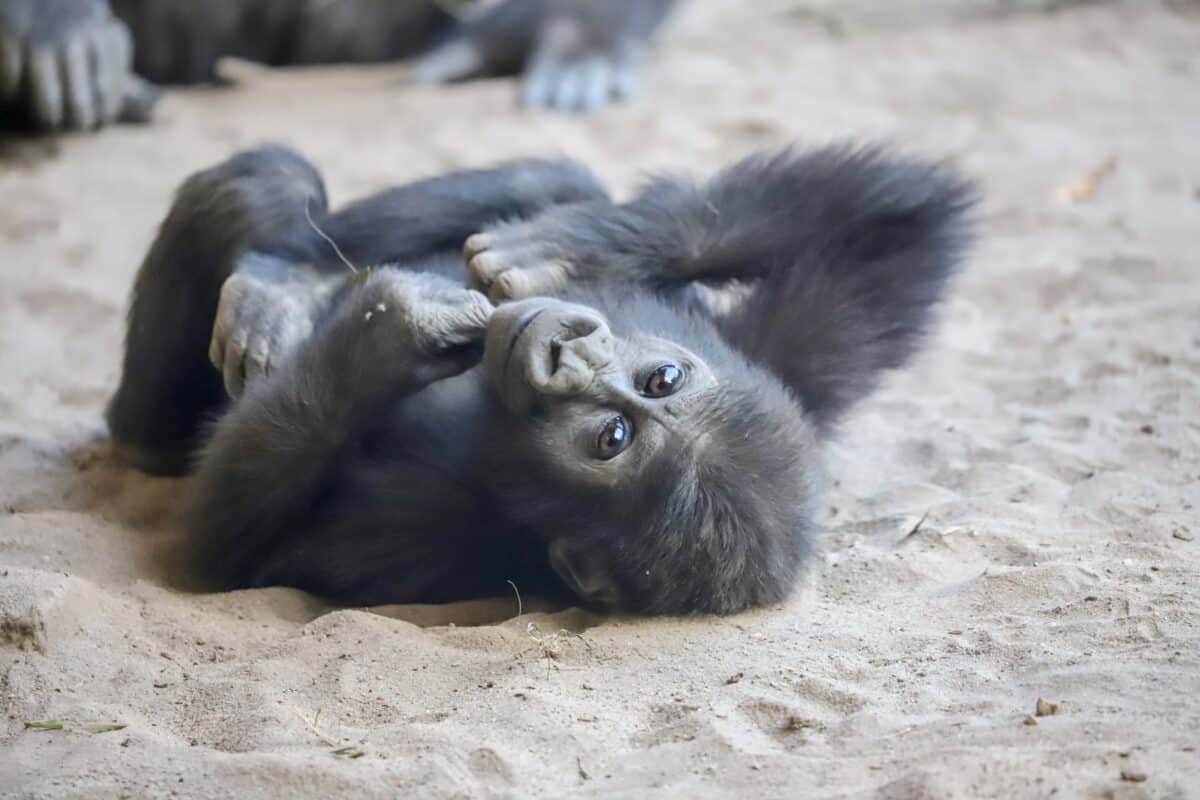
Regarding speed, Gorillas and Puma are two of the best around. Comparisons between these two breeds of animals demonstrate significant raw speed capabilities in each, despite some minor differences.
For instance, when an analysis performed by Science Magazine looked at the various running speeds of both species over short distances, Gorilla was found to be faster than its terrestrial cousin overall.
However, when evaluated over longer distances such as marathons or kilometers, for example, Puma was determined to be far quicker at covering ground than Gorillas.
Discovering which animal is the fastest is a highly contentious subject with no clear overall winner because both species have specific advantages depending on the race conditions.
Habitat Comparison
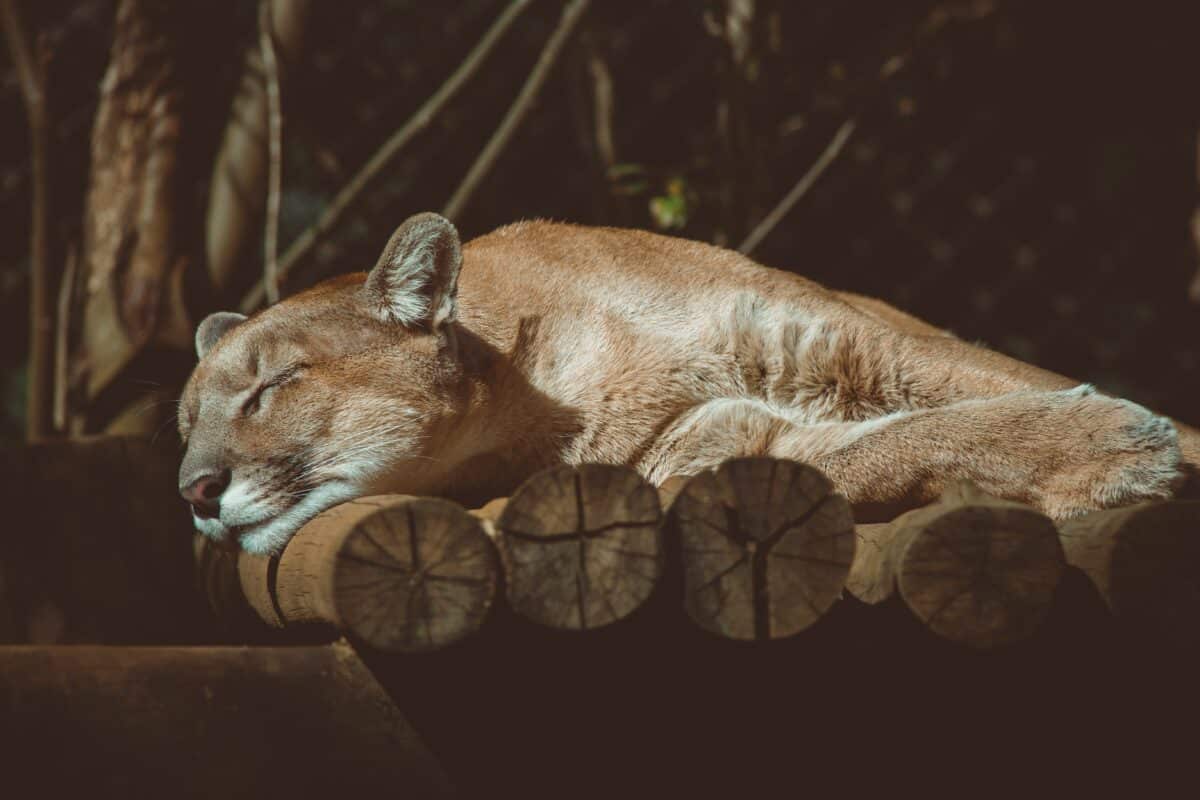
Gorillas and pumas are two of the most majestic species known to man, but they differ drastically in the habitats they prefer. Gorillas live in rainforest areas with thick vegetation and plenty of ground cover, and this type of environment offers them a variety of food sources and adequate safety from predators.
On the other hand, pumas prefer a more open terrain with less dense vegetation; they favor grassy hills and hillsides that provide them enough space for hunting, playing, and sleeping.
Regardless of their preferences, both species share an essential thing in common: adapting to different climate conditions to thrive in their respective habitats. By understanding what habitat each species prefers, we can better manage our natural resources for all wildlife to enjoy for generations.
Diet Comparison
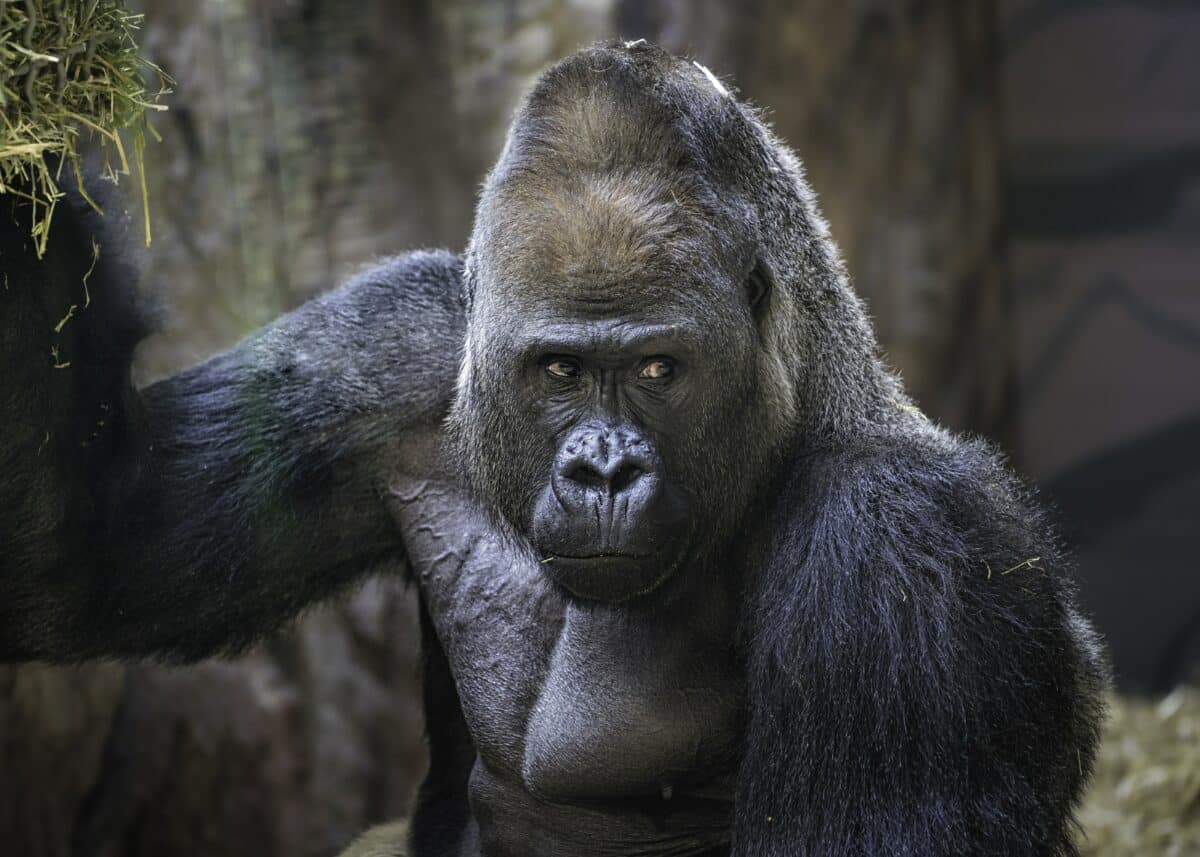
The diets of Gorillas and pumas are similar, and both eat plant matter primarily for sustenance. However, a closer comparison reveals that their food choices differ significantly. Gorillas feed mainly on leaves and stem some fruit and small amounts of insects to supplement their diet.
Meanwhile, Pumas prefer a more diverse menu of mice, birds, lizards, and other small animals alongside abundant herbivorous fruits and nuts. Both species benefit immensely from their selection of nutritional sources tailored to their distinct lifestyles.
By carefully examining these dietary variations between Gorillas and Puma, we can appreciate the powerful evolutionary forces that shape the diets of numerous species worldwide.
Behaviour Comparison
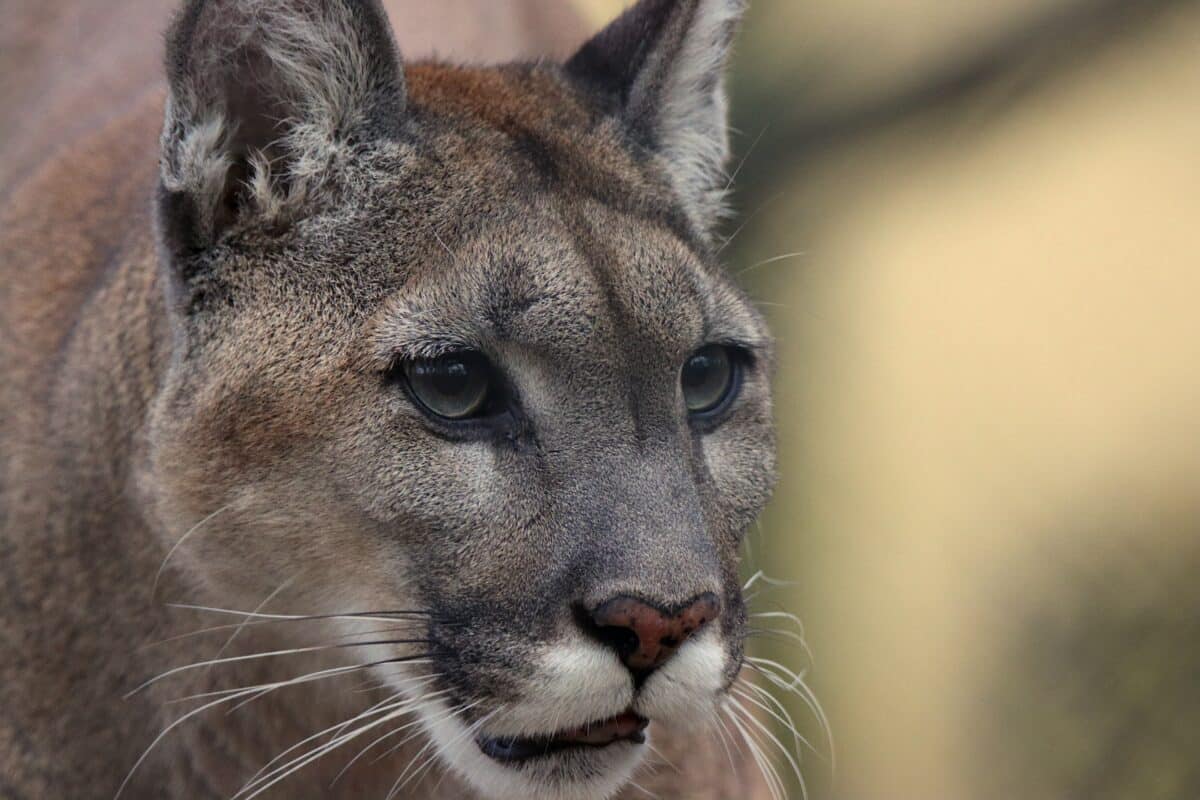
Gorillas and pumas (cougars or mountain lions) have very different behavior patterns due to their differing lifestyles and habitats.
Gorillas are social, gentle giants that typically live in family groups in the dense forests of Central and East Africa. Here are some of their typical behavior patterns:
- Social behavior: Gorillas are highly social animals, living in groups of up to 30 individuals led by a dominant male (silverback) and composed of several females and their offspring. They use a variety of vocalizations, body language, and grooming behaviors to communicate with each other and maintain group cohesion.
- Territorial behavior: Gorillas are generally non-aggressive towards other groups but will defend their territory and family group from outside threats.
Pumas, conversely, are solitary predators that roam across the Americas, from the Canadian Yukon to the southern Andes. Here are some of their typical behavior patterns:
- Reclusive behavior: Pumas are solitary animals that only come together during mating season. They are active hunters and can travel long distances in search of prey.
- Territorial behavior: Pumas are territorial animals, marking their territory with scent and defending it from other pumas.
Reproduction Comparison (Video)
Reproduction behavior between Gorillas and Pumas may surprise you as they share similarities.
Both animal species employ unique strategies to mate and bring their young into the world. Gorillas come together for short periods during the mating season and have brief encounters.
In contrast, pumas are more monogamous and will stay with the same partner for an extended period. In both cases, the mothers primarily lead parenting responsibilities, with fathers providing some additional support. After a gestation period ranging from 84–150 days, new life is welcomed into the world as gorillas give birth to a single offspring at a time, and pumas can have up to four cubs at once.
The Final Word on Gorilla vs. Puma
To conclude, Gorillas and Puma are two of the world’s most fantastic animals that people from all walks of life admire. They have distinct differences in nature, size, and behaviour, which we must know to understand better.
Thank you for following along this article! Next up, Elephant vs. German Shepherd.
Join our Forum for free today!

- 400-Pound Therapy Llamas named Beni and Prince Ease Travelers’ Stress at Portland International Airport - July 22, 2024
- Woman Captured Howling with Gigantic White Wolf in Beautiful Footage - July 22, 2024
- Florida Police Urge Public to Stop Taking Selfies with ‘Depressed’ Black Bear off Highway 98 in Santa Rosa Beach - July 22, 2024

